There’s no better way to sample it than to learn about the fine art of sushi.
In this feature, we investigate the very core of Japanese cuisine, from the hectic sushi bars of Tokyo to the quiet restaurants of Kanazawa, to uncover the history, many forms, and rituals that make sushi more than just a dish, but a cultural experience.
While exploring Japan’s culinary delights, an iRoamly Japan travel eSIM can be your perfect travel companion, helping you stay connected and share each unforgettable meal with friends and family.
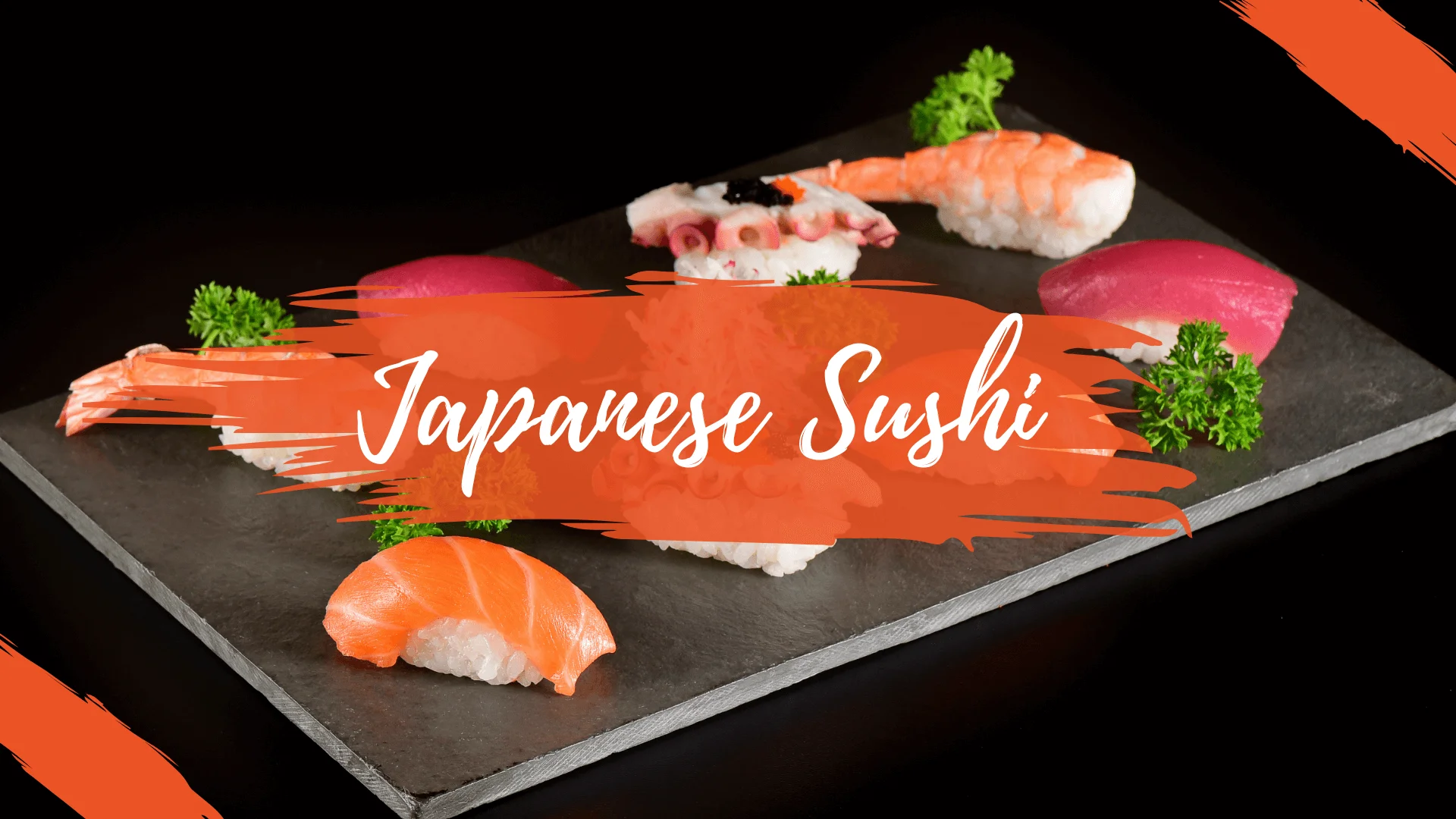
Sushi in Japan
While sushi originated in Southeast Asia as a way of preserving fish and meat in fermented rice between the 8th and 9th centuries, as the dish made its way to Japan, it was reinvented into an art form, serving vinegar-seasoned rice with fresh fish. In the then-capital of Edo (modern Tokyo), the practice of eating sushi took off during the Edo period between the 17th and 19th centuries, when it became less about preserving food through fermentation, and more about the taste of the fish itself.
The sushi chefs of Edo would sell their fares from street stalls, where it quickly became popular as a fast-food for laborers and passersby, and the general citizenry. It was quick, tasty, and ready to eat.
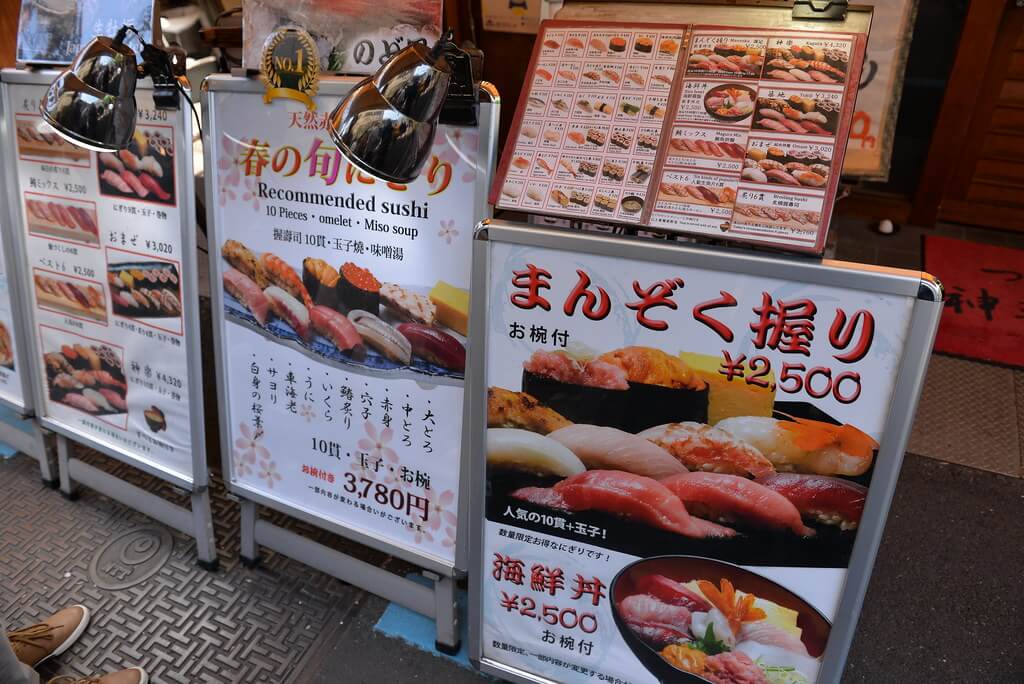
Today, sushi preparation is a revered craft, especially in high-end sushi-ya (sushi restaurants) in Japan’s top cities like Tokyo and Kanazawa, which are renowned for their seafood. These places are often steeped in history but also showcase the incredible skill behind the tradition.
The Eight Types of Sushi
Of course, there are more types of sushi than you have likely tried at your local chain... Exploring the wide world of sushi in Japan can be a culinary and cultural delight.
Here are eight examples you should try:
Nigiri:
Think you've had sushi before? You haven't until you've tried a placid piece of fresh fish arranged on a small bed of vinegared rice, hand formed by the chef so that its temperature and texture are just right.
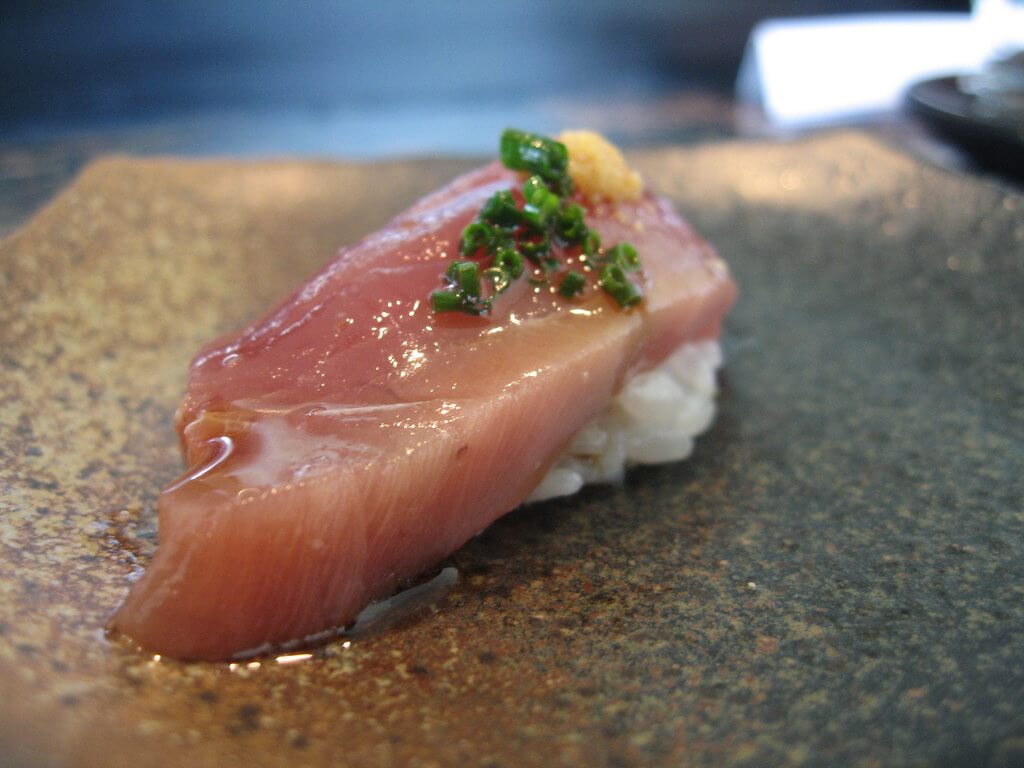
Cost: ¥200 - ¥2,000 per piece. Tuck into a breakfast of champions at Sushi Dai in Tokyo.
Sashimi:
Lighter than sushi proper, sashimi is thin slices of raw fish or seafood served sans rice. Eating it is like an act of worship between man, chef, and Japanese fish markets.
Cost: ¥1,500 - ¥3,000 per serving. Make a meal of some of the freshest at Sushizanmai.
Maki:
Rolls of sushi, rice and filling (from fish to vegetable) wrapped in seaweed and then sliced into bite-sized pieces.
Cost: ¥800 - ¥1,200 per roll. Genki Sushi is a popular chain for quality and variety.
Temaki:
A more casual dining experience, this sushi is hand-rolled into a cone and typically filled with a jumble of fish, rice, and veg. The personal nature means you can really pile in the ingredients!
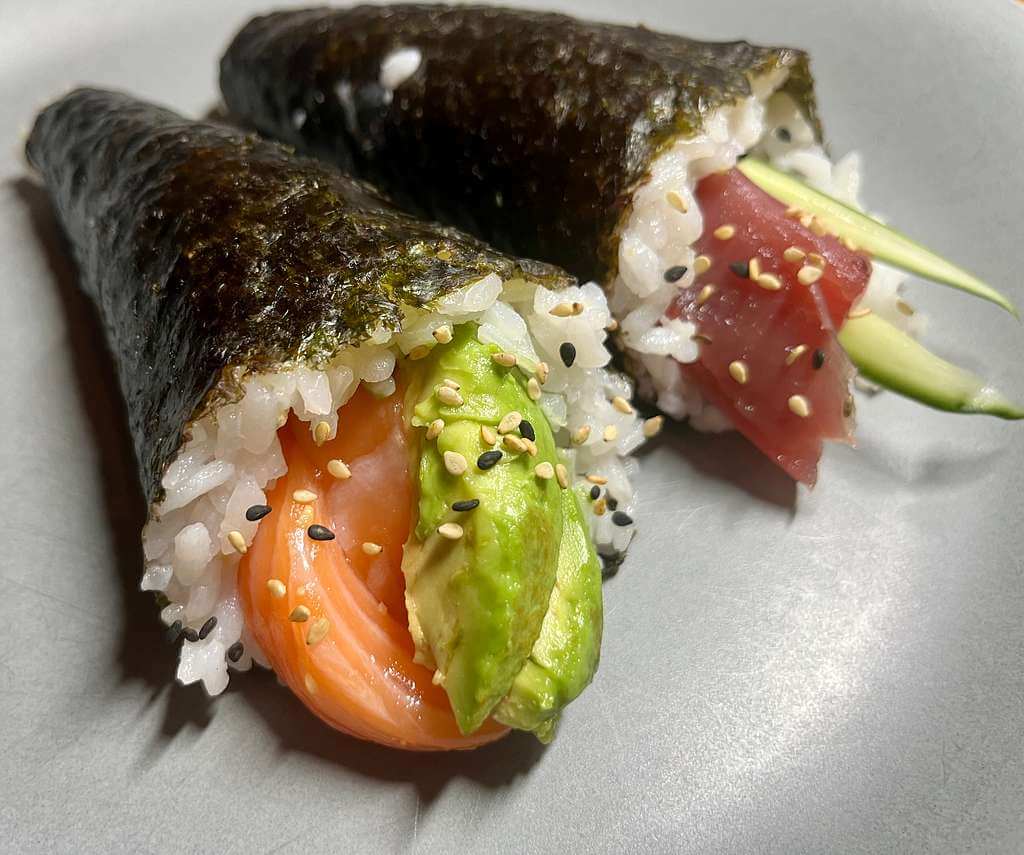
Cost: Less than ¥500. In and out for a fast and tasty snack at Uobei in Shibuya.
Gunkan:
When the filling is too loose or fine to sit on the rice, kelp is wrapped around a ball of sushi rice to give a canoe shape, and the filling is perched on top, making a gunkan (battleship).
Cost: Around ¥300 per piece. Savory... or should that be umami? Either way, it's a treat for your taste buds.
Chirashi:
'Scattered' – sushi rice topped with a selection of raw fish and vegetables, often beautifully arranged into a rainbow of colors on the rice. As beautiful as it is delicious.
Cost: ¥1,000 - ¥3,000. Ichibazushi in Osaka comes highly recommended.
Inari:
Sushi rice in a pocket of aburaage, sweet tofu skin. It's a slightly sweet taste and very more-ish. Often a good option for vegetarians in that some are meat-free.

Cost: ¥250 - ¥500. Worth sampling at any sushi joint; your wallet and stomach will like you for eating many.
Oshi:
Pressed sushi. Slices of fish or other toppings are draped on top of sushi rice in a box, before being pressed, cut into neat rectangular pieces, and served.
Cost: Starts at ¥1,200. When you visit Osaka, don't forget to visit Hakozushi Omasa in Osaka for a good choice of light Japanese food.
While sushi packs from the local convenience store are a common site – and really, if you could pick up a meal that tasty at your local garage, you'd be there all the time, too – a chance to sit at a sushi "shrine" or "temple" is something special and to be savored.
However, know your sushi etiquette before dining not only to immerse yourself more in the culinary experience but to respect the dedication and art of the chef.
Sushi Eating Etiquette
When it comes to proper sushi etiquette, know your way around the following pointers to make the most of your meal:
Eat with Your Hands: Traditionally, nigiri is eaten with the hands to avoid compressing the rice.
Soy Sauce Dunk: If you’d like to dip your sushi in soy sauce, dip the fish part of the nigiri. It should be just enough to moisten and not soak into the rice. Soy sauce overshadowing the fish is a common critique of non-Japanese sushi.
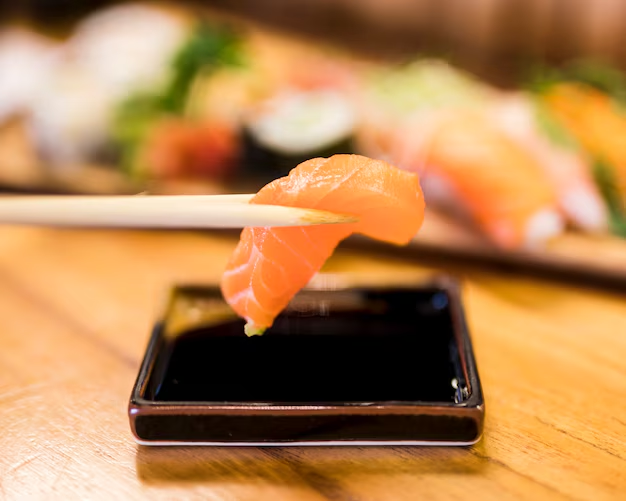
One Bite Wonder: Sushi is expertly crafted to be consumed in a single bite. By doing so, you are experiencing each roll as intended, with flavors, textures and temperatures all in balance.
FAQ
Is sushi different in Japan?
Absolutely. In Japan, sushi is served much fresher, often focuses on seasonal products, and is crafted with the full spirit of sushi-making as an art form.
What is the difference between Japanese and California sushi?
California sushi is often filled with ingredients like avocado and even cream cheese, serving Western palates. Japanese sushi is typically more true to its origins, and built to bring out the flavor of the fish.
Why is sushi better in Japan?
The fish, skill of sushi chefs, and authenticity of ingredients used in Japan are generally superior.
Can you order a California roll in Japan?
You can, but such Westernized sushi is usually kept to “novelty” establishments. Proper sushiya usually serve more traditional pieces.
Summary
From the hustle and bustle of Tsukiji Market to the serene traditional sushi bars of Kanazawa, Japan’s sushi scene runs deep, rich with flavor and history.
Whether you’re a sushi fanatic or just a curious traveler, there’s really nothing that compares to sushi in Japan, and no trip would be complete without sampling it.
So, grab your chopsticks – or dive in with your hands – and prepare to enjoy some of the finest sushi Japan has to offer!
